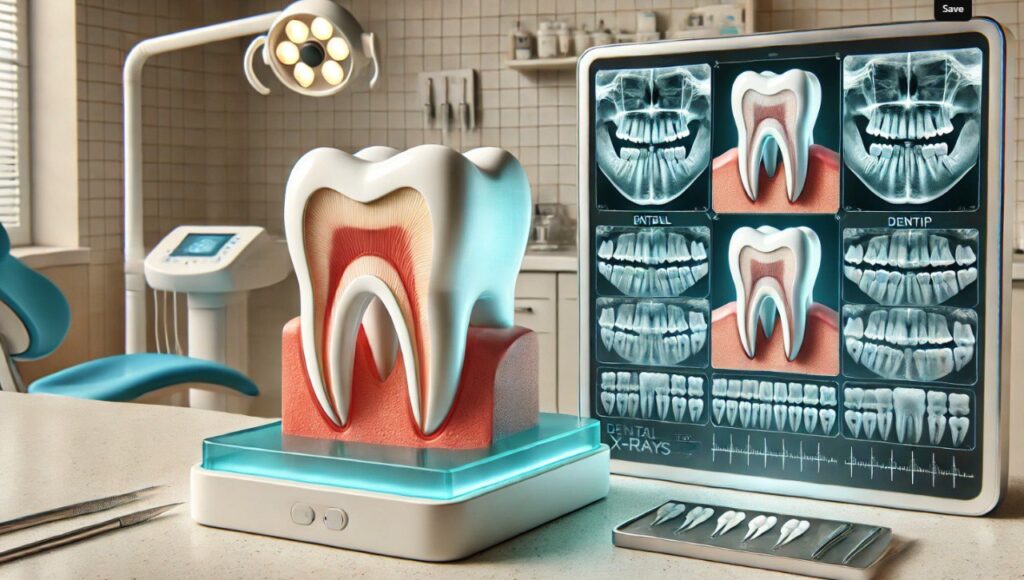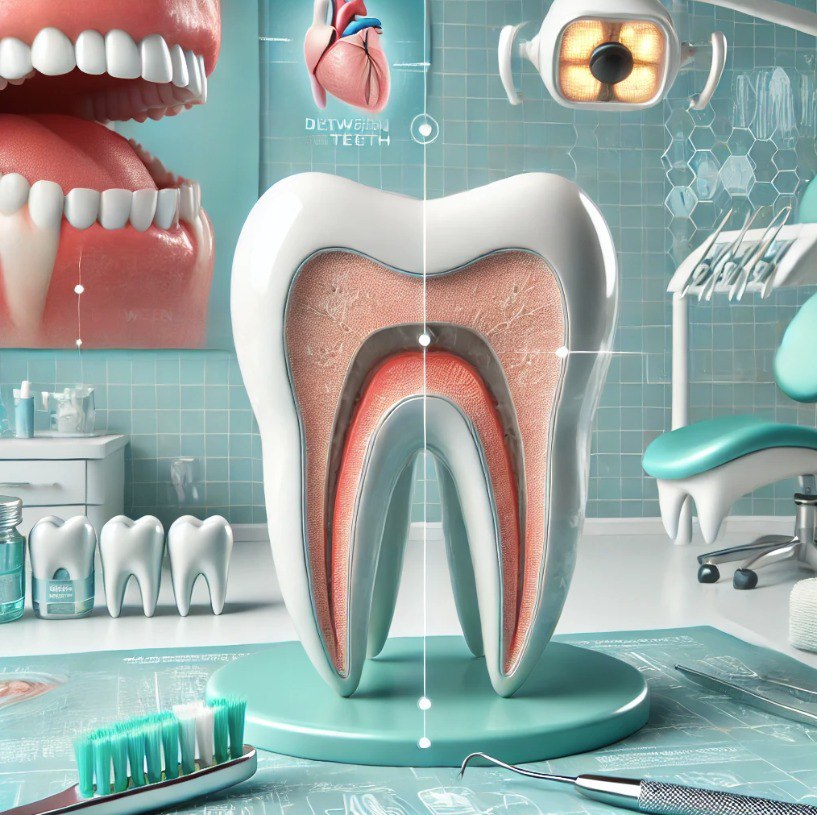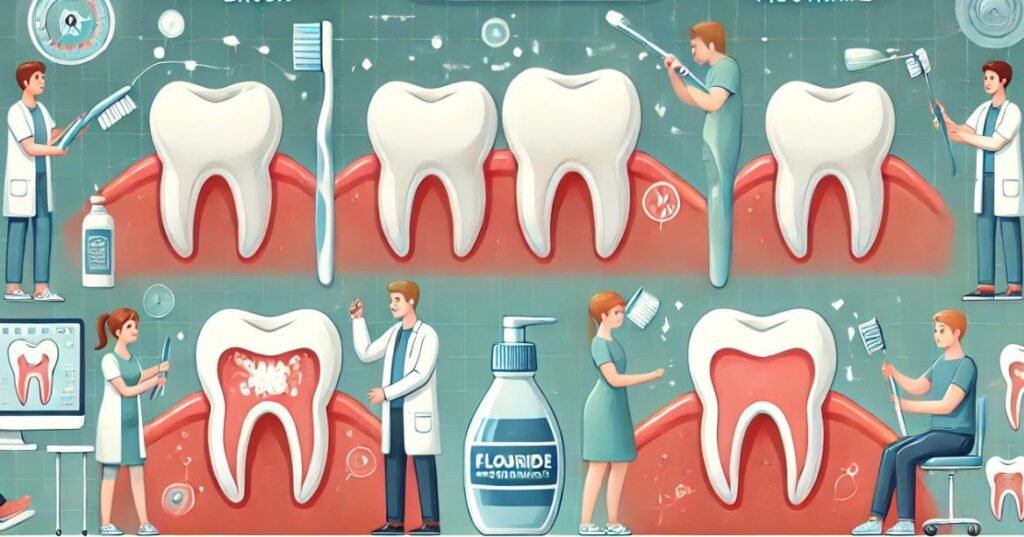Cavity Between Teeth: Everything You Need to Know

One common dental issue that our patients face is cavities between teeth, also known as interproximal cavities. These cavities can be tricky to detect and treat, but with our advanced dental care and personalized treatment plans, we ensure that your oral health is in excellent hands.
Whether you’re looking to prevent cavities or need treatment, our experienced team is here to provide the best care in a comfortable and friendly environment.
What is a cavity?
A cavity is a tiny hole in your tooth caused by tooth decay. When you eat sugary foods, bacteria in your mouth produce acid that attacks your tooth enamel. This acid slowly creates a cavity, leading to tooth sensitivity or pain.
Cavities can form on any part of the tooth, including in the hard-to-see areas between teeth, known as a cavity between teeth. It’s important to brush and floss regularly to prevent cavities, as they can lead to bigger dental issues if untreated. Visiting the dentist regularly can help catch cavities early and keep your smile healthy.
What does a cavity look like?
A cavity often starts as a small white, brown, or black spot on your tooth’s surface. As the cavity grows, it can look like a tiny hole or pit in your tooth. Sometimes, you might not even see it, which can be hidden from view. You might notice rough spots or feel a sharp edge with your tongue. If you spot anything unusual, visiting the dentist can help catch it early and fix it before it worsens.
Signs Of Cavity Between Teeth

Cavities between teeth can be hard to spot, but some common cavity symptoms can help you notice them early.
- Sensitivity to Hot or Cold Foods: You may feel a slight pain when eating sweet, hot, or cold foods. This discomfort is often a sign of a cavity between teeth.
- Persistent Bad Breath: Bad breath that doesn’t go away, even after brushing, can indicate a cavity between teeth. The bacteria causing cavities often produce a persistent odor.
- Dark Spots Between Teeth:
A cavity between molar teeth may appear as dark spots between your back teeth. These spots can be brown or black, indicating decay. - Food Getting Stuck Frequently: If food is getting stuck between your teeth more often than usual, it could mean there’s a cavity between teeth gum line causing gaps.
- Rough Edges on Teeth: Noticeable rough edges when you run your tongue over your teeth might be a sign of decay. The cavity can create tiny holes or pits that feel different from the rest of your tooth’s surface.
- Swollen or Bleeding Gums: Swollen or bleeding gums between your teeth can indicate a cavity. This inflammation is often a sign that decay is present.
- Increased Tooth Sensitivity: Sensitive teeth are another sign of a cavity between teeth. Sudden pain or discomfort when eating or drinking is a key indicator.
- Visible White Spots: If you’re wondering, “What does a cavity between teeth look like?”—it often starts as small white spots. These spots can grow darker and become more noticeable as the cavity worsens.
Types of Cavity Between Teeth
Cavities between teeth can occur in different areas, each with unique challenges and symptoms. Understanding the types of cavity between teeth helps in identifying potential problems and seeking timely dental care.
Cavity Between Back Teeth
Cavities between back teeth often develop in the hard-to-see areas of molars, causing discomfort and sensitivity. These cavities are common due to the deep grooves and pits on molars where food particles and bacteria can hide.
Cavity Between Molar Teeth
A cavity between molar teeth is a frequent dental issue that can lead to pain while chewing. These cavities may start as small dark spots but can progress if not treated promptly.
Cavity Between Front Teeth
A cavity between front teeth is usually more noticeable and can affect your smile’s appearance. The cavity between two front teeth can lead to sensitivity when consuming hot or cold foods. It’s important to seek early treatment to prevent further damage and maintain a healthy smile.
Cavity Between Teeth Gum Line
Cavities near the gum line can be tricky to spot and might cause swelling or irritation. Proper brushing and flossing can help prevent a cavity between teeth gum line, but regular dental visits are essential for early detection.
A Final Note
Cavities between your teeth can lead to discomfort and more serious dental problems if not treated. By paying attention to signs like sensitivity and pain, you can catch cavities early and seek treatment. Regular check-ups and good oral hygiene are key to preventing cavities. At My Dentist Burbank, our team is here to provide expert care and help you maintain a healthy smile. Contact us for an appointment and choose our preventive dentistry procedures.
FAQ



